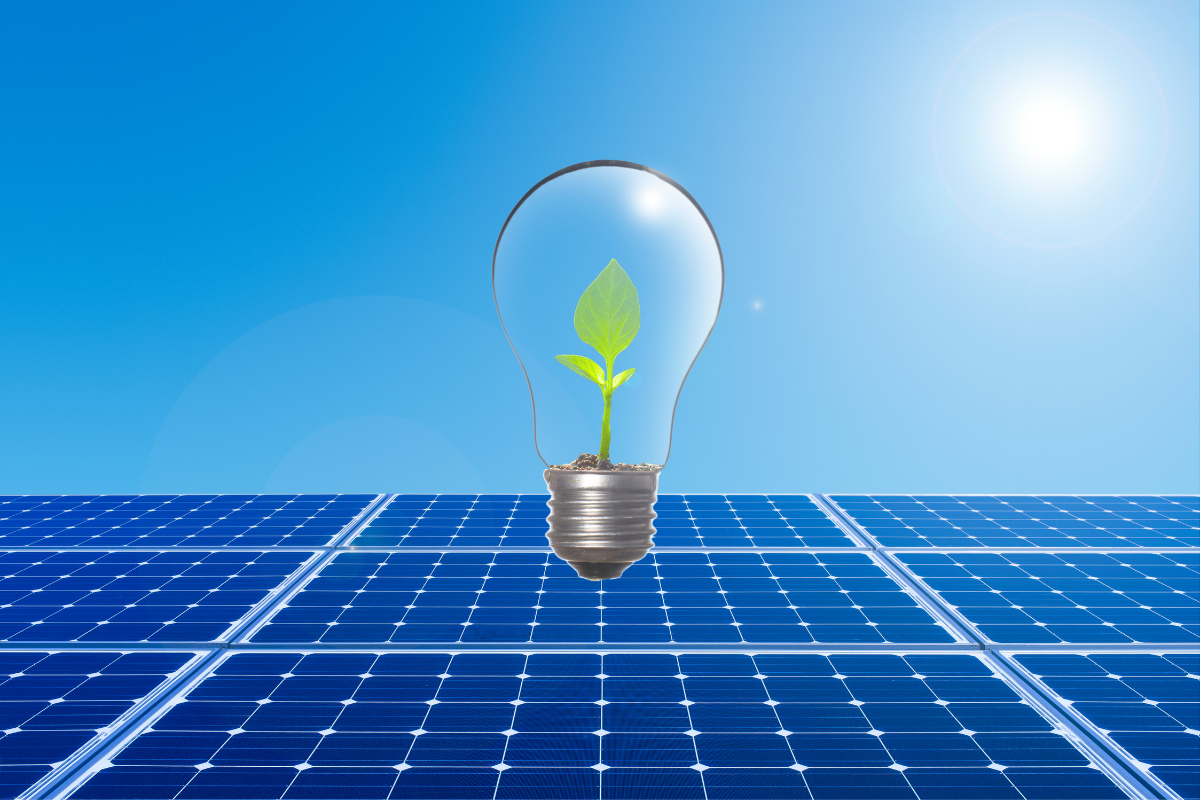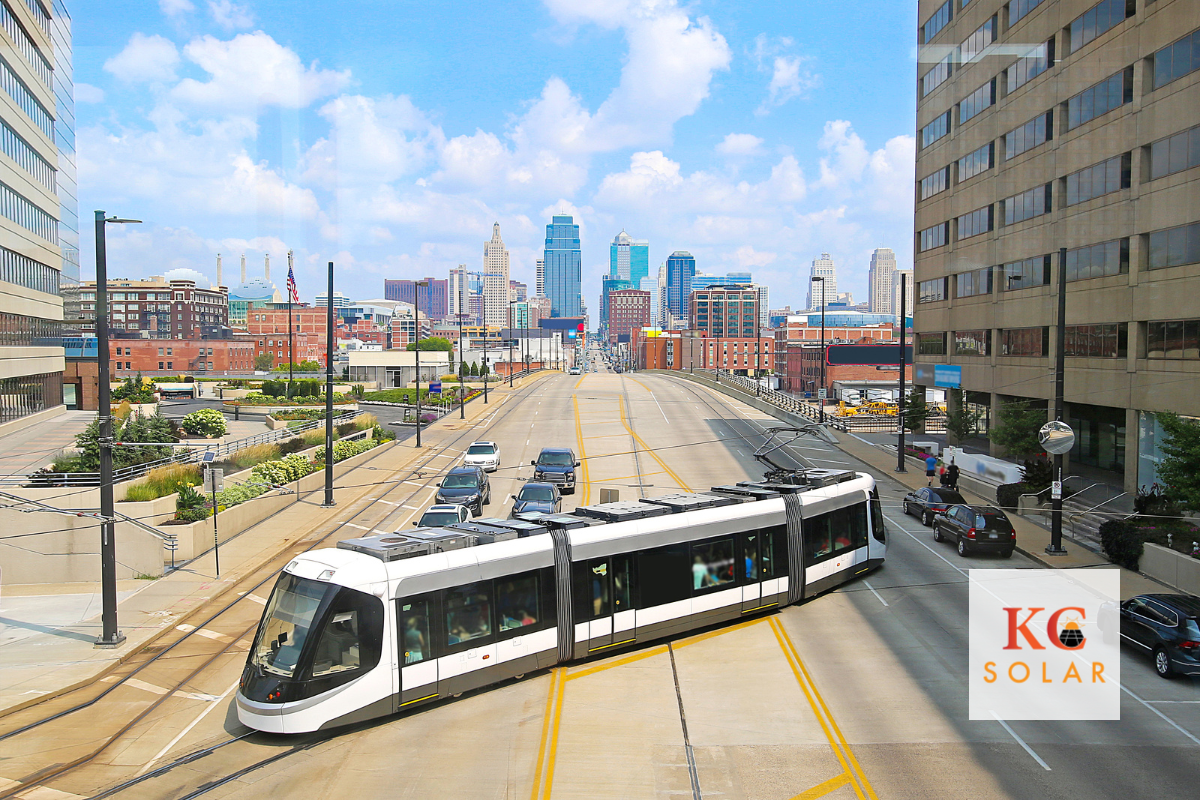With global warming causing places around the world to reach new all time high temps, the move to solar energy and other renewables is on everyone’s mind. But how green are solar panels really? Is the whole process of going solar as green as everyone says they are?
Production Process of Photovoltaic Cells
In order to find the largest environmental impact of solar panels, we need to look no further than the production of the photovoltaic cells themselves. These photovoltaic cells are at the heart of all solar panels, and require specific materials. Those materials include minerals such as tellurium, indium, and silver to name a few.
The mining practices involved in extracting these valuable resources almost always have severe environmental impacts. These include impacts to drinking water aquifers, contamination of farmland, contamination and loss of wildlife and their habitats. All of these also have direct risks to public health.
On top of this, a majority of production of the solar panels themselves has shifted to China. While this has been very helpful in reducing the overall price of solar panels, it has also come at the cost of larger environmental impacts. Some estimates have put the carbon footprint of production in China to be about twice as high as when they are made in other locations. This is due to other locations that produce solar panels, such as the U.S. and the EU, having much stricter environmental regulations than China.
Knowing this, it makes the impact of the U.S. pursuing the Defense Production Act for Clean Energy all the more important.
Energy Production from Solar Panels
While all of that may sound very dreadful when trying to answer, “how green are solar panels,” the actual energy production is where the story turns around. Solar panels have to consume energy to produce energy, but that energy is a renewable resource – sunlight. It both consumes and produces energy without utilizing additional limited resources. This is becoming more and more important as we burn through non-renewable resources.
Solar energy production also doesn’t utilize other resources that we historically have considered to be plentiful, like water. As climate change continues to wreak havoc, and reservoirs are at record lows, it is important to diversify where our energy production is coming from. One thing we can guarantee is that the sun will be there for the foreseeable future, and we don’t need to worry about it running dry.
On top of all of these benefits, there are still other environmental benefits to making the switch to solar that aren’t tied directly to solar panels.
Disposal and Recycling of Solar Panels
Similar to any other electronics, as solar panels age, their performance begins to fade too. Over time the solar panels are abused by the elements, and parts wear out. The end-of-life cycle is a big problem with all electronics, and solar panels are no exception to this.
Solar panels, thanks to those materials that caused environmental harm to obtain, also causes governments to sometimes deem them as “hazardous” waste. This means certain guidelines and protocols that are often expensive and can lead to a lower rate of recycling. However, because solar panels are largely glass, plastic, and aluminum, more than 90% of solar panels are easily recyclable materials. This alone might make you rethink ‘how green are solar panels,’ knowing that we can reuse almost the whole solar panel if recycled properly.
As more solar panels are bought and sold, this also means more will be coming to the end-of-life soon. Projections show discarded panels outweighing new units sold by 2.56 times by 2035. Luckily, as more panels reach this stage, economic incentives for companies to include solar recycling will also increase.
While there currently is no local Kansas City solar panel recycling, the broader U.S. market has quite a few. This includes new startups that are aiming to recycle up to 95% of the material from solar panels.
So Are Solar Panels Really Eco-Friendly?
Pulling all parts of the solar panels lifecycle together, are solar panels really considered eco-friendly? Even with the extraction of resources through poor mining practices, and all of the extra steps required to recycle solar panels, the total lifecycle carbon footprint is still far less than fossil fuels.
Over the lifespan of solar panels, including the production phase, solar panels in carbon dioxide (CO2) emissions range from 25-32 g/kWh. Compare this to fossil fuels that are around 400 g/kWh, and it is clear that solar has a smaller carbon footprint.
Maybe you want to go solar, but live in an apartment, or don’t own your own property where this is feasible. There are still other ways you can begin utilizing solar as part of your energy bill. In Kansas City, Evergy Solar Program is one of the ways to go about making the switch.
If, however, you do own your own home or have some land available for ground mounted solar panels, keep on reading.
Start Your Switch To Solar Today
If you are looking for the best solar company in Kansas City, look no further than KC Solar. They are your local Kansas City solar panel installation experts. Once you schedule a no-pressure site visit, our experts will help you understand what solar system specifications would be best for your home or business.
KC Solar is the only local solar company in Kansas City with KC natives who own and operate the daily activities of the business. What does that mean for you? We care about you because we care about this city, and we only want the best for it.
And be sure to download our Free Solar Panel Buying Guide for more information.
We look forward to serving you!





